Belly Sling Belt for Dogs: A Complete Guide to Mobility Support, Recovery & Safe Use
As dogs age or recover from surgery, they may experience difficulty standing, walking, or climbing stairs. Whether it’s arthritis, hip dysplasia, post-operative weakness, or temporary injury, mobility issues are physically and emotionally challenging—for both dogs and their owners.
A belly sling belt for dogs is a practical, compassionate solution designed to support the dog’s midsection while allowing the pet parent to assist with movement. In this comprehensive guide, we’ll explore the benefits, indications, and proper usage of belly sling belts to improve your dog’s quality of life.
What Is a Belly Sling Belt for Dogs?
A belly sling belt is a soft, padded support strap that wraps around a dog’s abdominal area, allowing the owner to gently lift or support the dog’s body weight during movement. It typically features:
- Adjustable straps for a custom fit
- Soft padding for comfort and injury prevention
- Handles to provide ergonomic lifting
- Designs that accommodate male and female dogs for urination
This simple yet effective device allows for controlled support during walking, bathroom breaks, and stair climbing—without causing discomfort to your pet.
Key Indications for Use
A belly sling belt is suitable for a range of medical and supportive situations, including:
Post-surgical recovery
After surgeries like spinal operations, cruciate ligament repair, or hip replacements, dogs may require weeks of restricted, assisted movement. A sling aids early ambulation while reducing stress on healing tissues.
Senior dog support
Older dogs often suffer from degenerative joint disease, arthritis, or muscle atrophy, making it hard to get up, walk, or climb stairs. A sling reduces their struggle and prevents falls.
Hind limb weakness or paralysis
Dogs with neurological issues such as intervertebral disc disease (IVDD) or degenerative myelopathy benefit from sling assistance in regaining movement.
Rehabilitation and physical therapy
Veterinarians and therapists often recommend slings to retrain mobility, especially after injury or surgery, to avoid disuse of limbs.
Temporary injuries or sprains
A sling provides support during short-term recovery from muscle sprains or minor orthopedic injuries.
Benefits of a Belly Sling Belt
- Improves mobility without exerting stress on joints or spine
- Prevents injury to pet owners by enabling safe lifting
- Encourages early walking during recovery, aiding circulation
- Boosts confidence in fearful or wobbly dogs
- Helps with toileting by supporting squatting positions
- Reduces anxiety for both dog and owner during movement
Common Conditions Requiring a Sling
| Condition | Description | Why Sling Helps |
| Hip Dysplasia | Misalignment of hip joint | Reduces load on hip, aids balance |
| Arthritis | Joint inflammation common in seniors | Provides pain-free support |
| IVDD | Spinal disc compression | Protects spine during movement |
| ACL Tear | Cruciate ligament injury | Prevents limb overuse post-surgery |
| Degenerative Myelopathy | Progressive hind limb weakness | Supports functional walking |
| Obesity | Excess weight burdening limbs | Helps reduce joint strain |
Types of Belly Sling Belts
Basic Sling
Soft padded strap with simple handles. Lightweight and affordable.
Padded Sling with Adjustable Handles
Offers extra comfort and length flexibility for taller or shorter owners.
Full Support Sling with Chest Strap
Adds extra stability for dogs with poor balance.
Orthopedic or Rehab Slings
Recommended by vets or physiotherapists, made with medical-grade materials for long-term use.
Choosing the Right Belly Sling by Size
Here’s a general guide:
| Dog Size | Belly Girth | Sling Size |
| Small (5–15 kg) | 15–22 inches | Small |
| Medium (15–30 kg) | 22–30 inches | Medium |
| Large (30–50 kg) | 30–38 inches | Large |
| X-Large (50+ kg) | 38–46+ inches | Extra Large |
Always measure your dog’s belly circumference (just behind the front legs) and check the length of the support area.
How to Measure and Fit a Sling Belt
Steps to Measure:
- Choose a sling with adjustable straps to fine-tune the fit.
Fitting Tips:
- Make sure the dog’s spine is not compressed.
- Check for rubbing or pressure on bony areas.
Step-by-Step Guide to Using a Belly Sling Belt
- Calm your dog before use—talk gently or offer treats.
- Align the padding for even distribution.
- Hold the handles gently and help your dog to stand.
- Assist with walking slowly, without jerking or pulling.
- Support your dog during urination or stairs, if needed.
- Remove the sling gently and offer praise.
Using a Sling for Different Dog Sizes
Small Dogs (Chihuahua, Shih Tzu)
- Use lightweight, thinly padded slings.
- Avoid thick straps that overwhelm their frame.
- Ideal for temporary recovery or arthritis.
Medium Dogs (Beagle, Border Collie)
- Opt for mid-width slings with padding.
- Adjustable handles make it easier for different owner heights.
- Perfect for moderate mobility issues or rehab.
Large Dogs (Labrador, GSD, Rottweiler)
- Require sturdy, heavy-duty slings with wide support area.
- Use long handles for better leverage.
Safe Use Guidelines and Potential Risks of Dog Belly Sling Belts
Using a belly sling belt is generally a safe and effective way to assist dogs with mobility, but like any supportive device, it must be used correctly to avoid complications. Here’s a detailed breakdown of key safety tips, precautions, and potential side effects:
Safety Guidelines
- Always Supervise Use
Never leave your dog unattended while wearing the sling. Constant supervision helps prevent accidents, entanglement, or discomfort. - Use for Short Durations
Limit sling use to short periods (typically 5–30 minutes), unless your veterinarian advises otherwise. Extended use can cause fatigue or pressure on the abdomen. - Monitor Breathing and Movement
Ensure the sling does not restrict your dog’s breathing, especially in deep-chested or brachycephalic (flat-faced) breeds. - Adjust for Proper Fit
The sling should be snug but not tight. It must support the abdomen evenly without compressing the chest or causing pinching. - Use on Stable Surfaces
Avoid using the sling on slippery or unstable ground, especially for dogs with balance issues or post-operative care. - Lift with Both Handles Evenly
Using only one handle or lifting unevenly can cause twisting of the spine or discomfort in the hips.
Precautions to Keep in Mind
- Consult Your Veterinarian First
Especially if your dog is recovering from surgery, spinal issues, or has other medical concerns, get professional advice before using a belly sling. - Start Slowly and Watch Behavior
Begin with short sessions and observe your dog’s body language. Signs of stress, limping, or excessive panting should be taken seriously. - Avoid Use Right After Meals
Applying pressure to a full stomach may cause discomfort or vomiting. - Mind the Male Dog’s Anatomy
Choose a sling that allows unobstructed urination. Some slings are male-specific or come with open areas in the middle for this reason. - Avoid Pulling or Dragging
The sling is meant for assistance, not for lifting the dog’s full body weight or dragging them over obstacles.
Possible Possible Side Effects (if Misused)
- Skin chafing from poor fit or prolonged use
- Abdominal discomfort due to tight straps
- Muscle fatigue from overuse
- Breathing difficulty if placed too high on the chest
- Stress or anxiety if introduced suddenly or used incorrectly
Always ensure proper fit, supervise use, and consult your vet for safe usage.
Signs You Should Stop Using the Sling Immediately
- Whining, growling, or resisting during application
- Heavy or labored breathing
- Swelling or redness on the abdomen
- Difficulty urinating or signs of pain during movement
- Sudden collapse or dragging of limbs
Pro Tip:
Introduce the belly sling belt gradually, starting with short indoor walks and rewarding your dog with praise or treats. With the right approach, most dogs adapt well and benefit significantly from the support a sling provides.
Veterinary and Rehabilitation Support
Veterinarians frequently recommend belly slings during:
- Post-surgical discharge plans
- Home care instructions for geriatric dogs
- Injury management in non-weight-bearing dogs
- Canine physiotherapy programs
In rehab, slings are used to facilitate controlled movement, retrain limb coordination, and avoid muscle atrophy due to inactivity.
Scientific Insights and Research
According to studies in the Journal of Veterinary Orthopaedics and Traumatology, early-assisted ambulation in dogs post-surgery leads to:
- Faster recovery times
- Lower risk of muscle loss
- Reduced complications like thrombosis
Research also supports that dogs provided gait-supportive devices like slings show improved confidence and reduced behavioral stress during recovery.
Common Mistakes to Avoid
- Using the sling too tightly or too loosely
- Lifting by only one handle, causing imbalance
- Leaving the sling on while unattended
- Not monitoring skin for pressure sores
- Using the sling for long durations without breaks
Cleaning and Maintenance
- Hand or machine wash in cold water
- Use mild soap and air-dry completely
- Avoid direct sunlight or high heat
- Regularly check for frayed stitching or worn padding
Customer Testimonials and Case Examples
Bella, 12-year-old Golden Retriever:
“Bella couldn’t go down the stairs post-surgery. The belly sling gave her—and us—so much confidence. It saved our backs too!”
Max, 8-year-old German Shepherd with hip dysplasia:
“We’ve tried wheelchairs, but this sling worked best during short walks and potty breaks. A game-changer.”
Conclusion
The belly sling belt for dogs is more than just an accessory—it’s a lifeline for dogs facing mobility challenges due to age, injury, or surgery. Whether your pet is recovering from a medical procedure, struggling with chronic joint conditions like arthritis or hip dysplasia, or simply aging gracefully, this supportive tool empowers them to move more confidently and comfortably.By offering gentle lift support under the belly, sling belts allow dogs to walk, stand, climb stairs, and go outside for bathroom breaks—without putting unnecessary strain on healing joints or their owner’s back. When sized and used correctly, they provide a safe, non-invasive, and highly effective mobility solution.













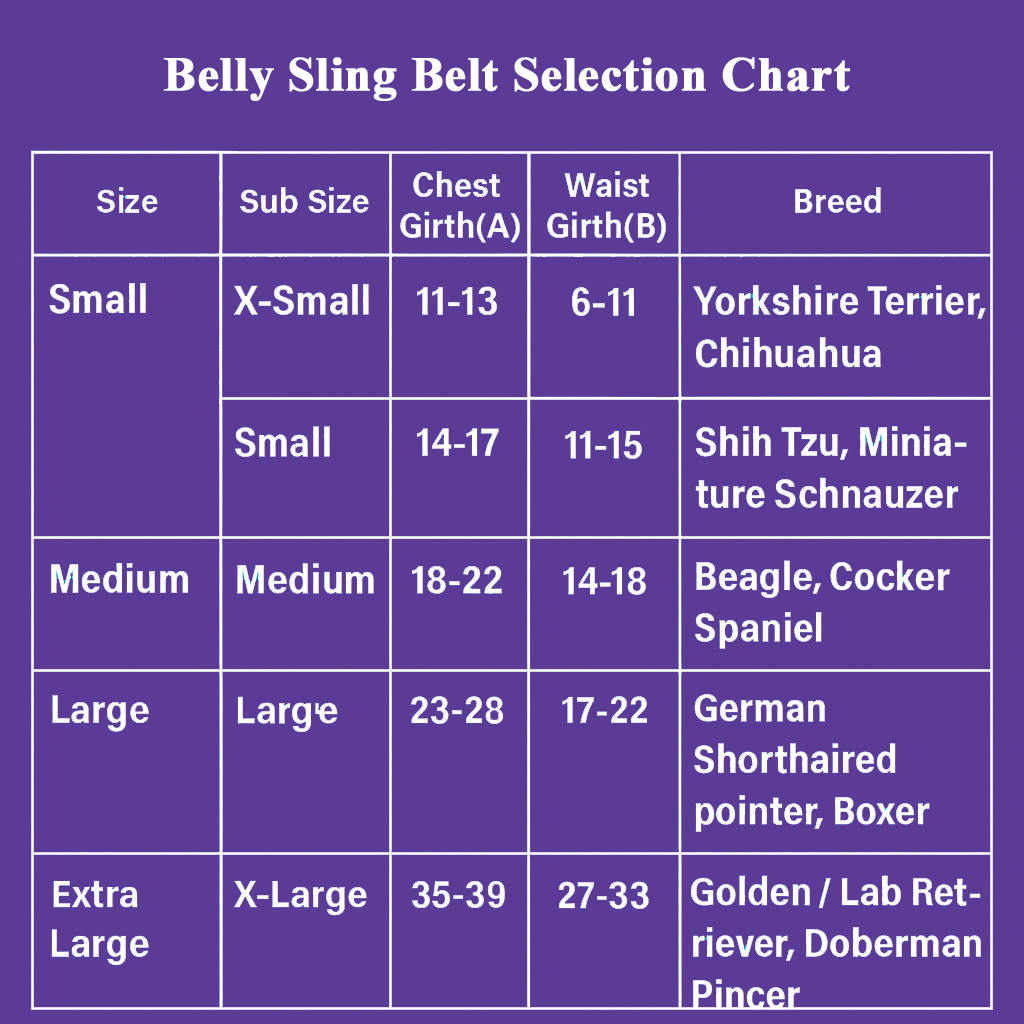
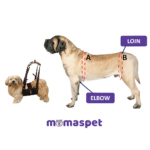
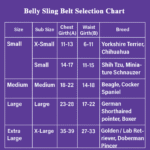
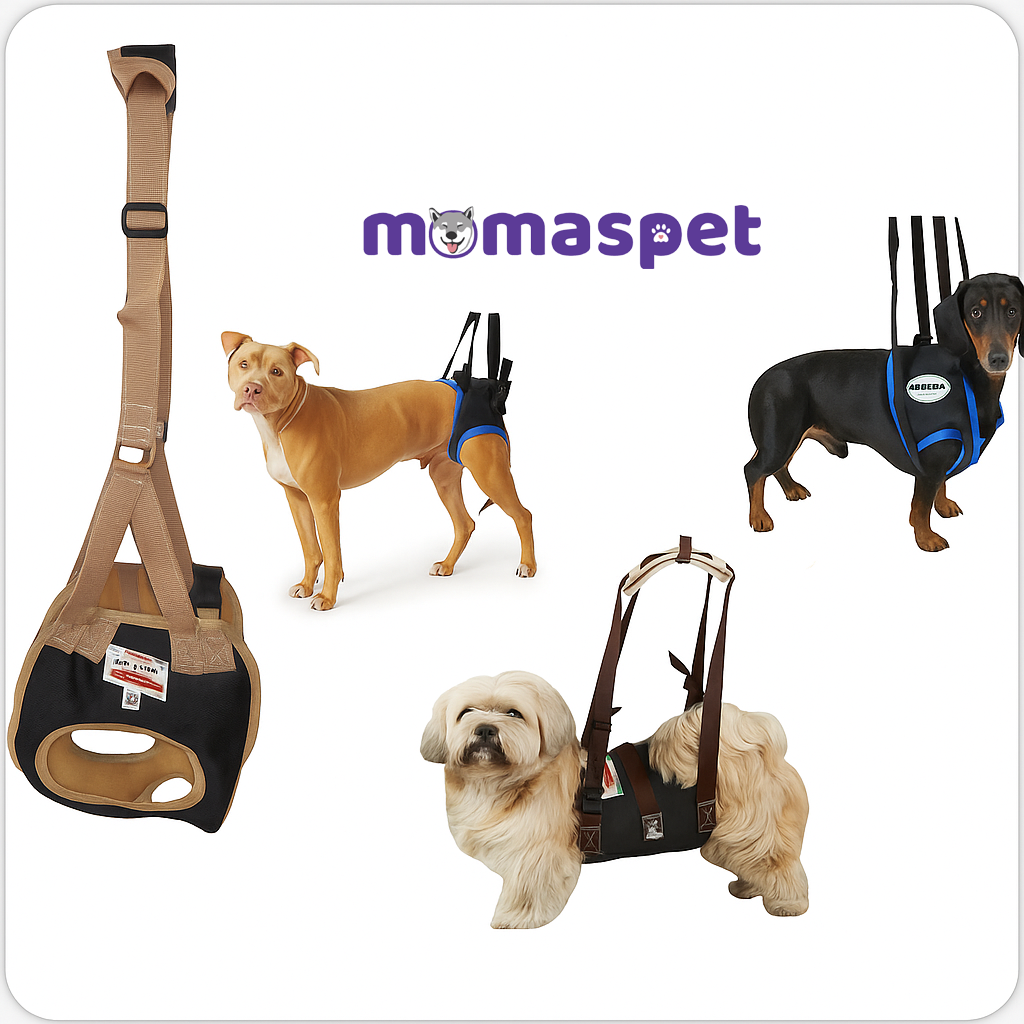
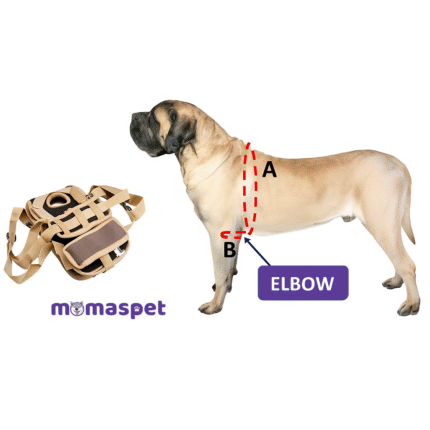

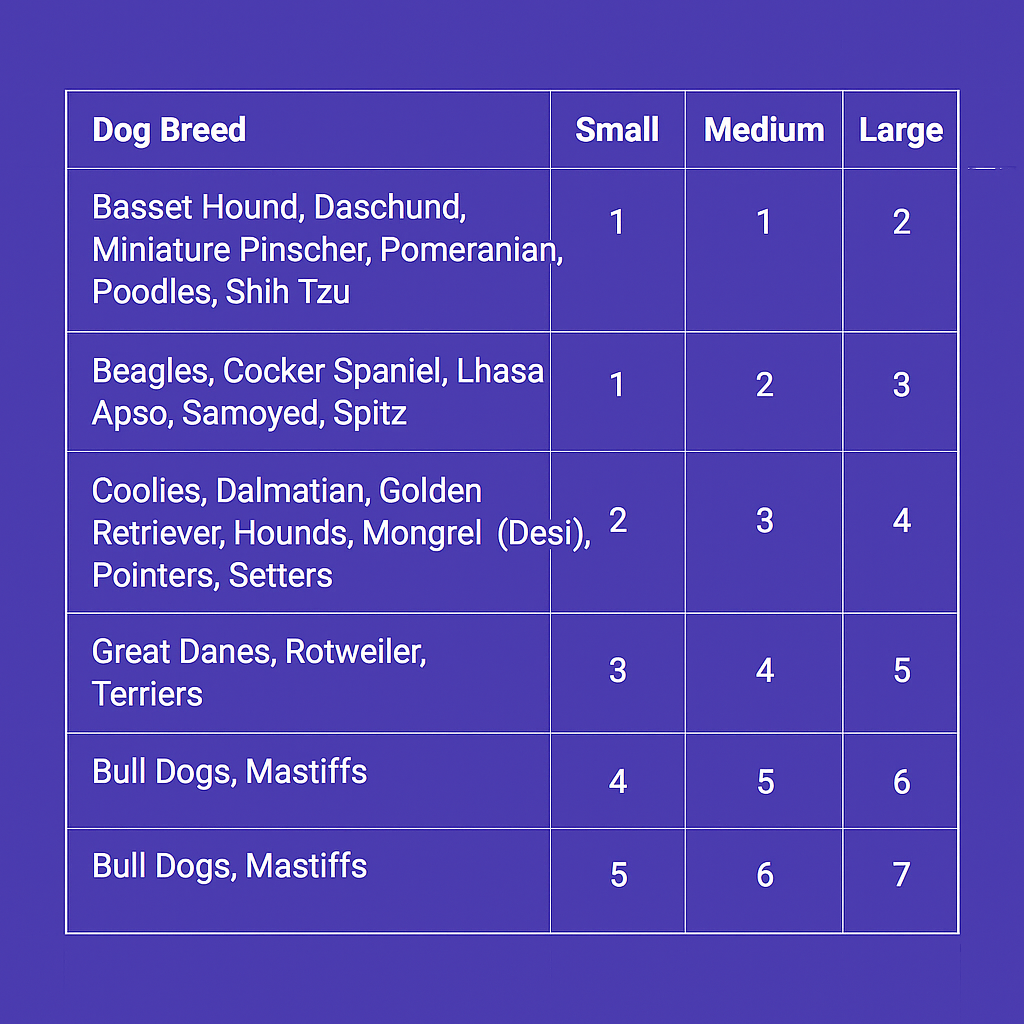
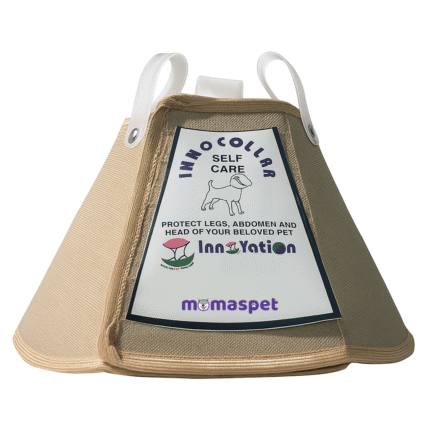
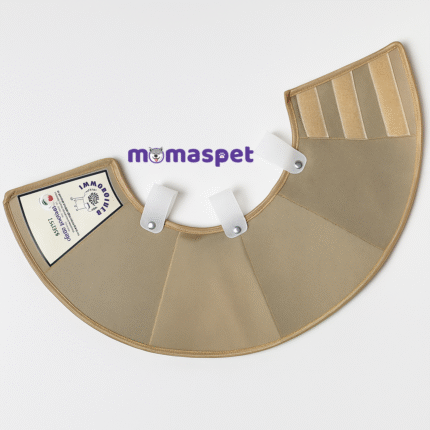
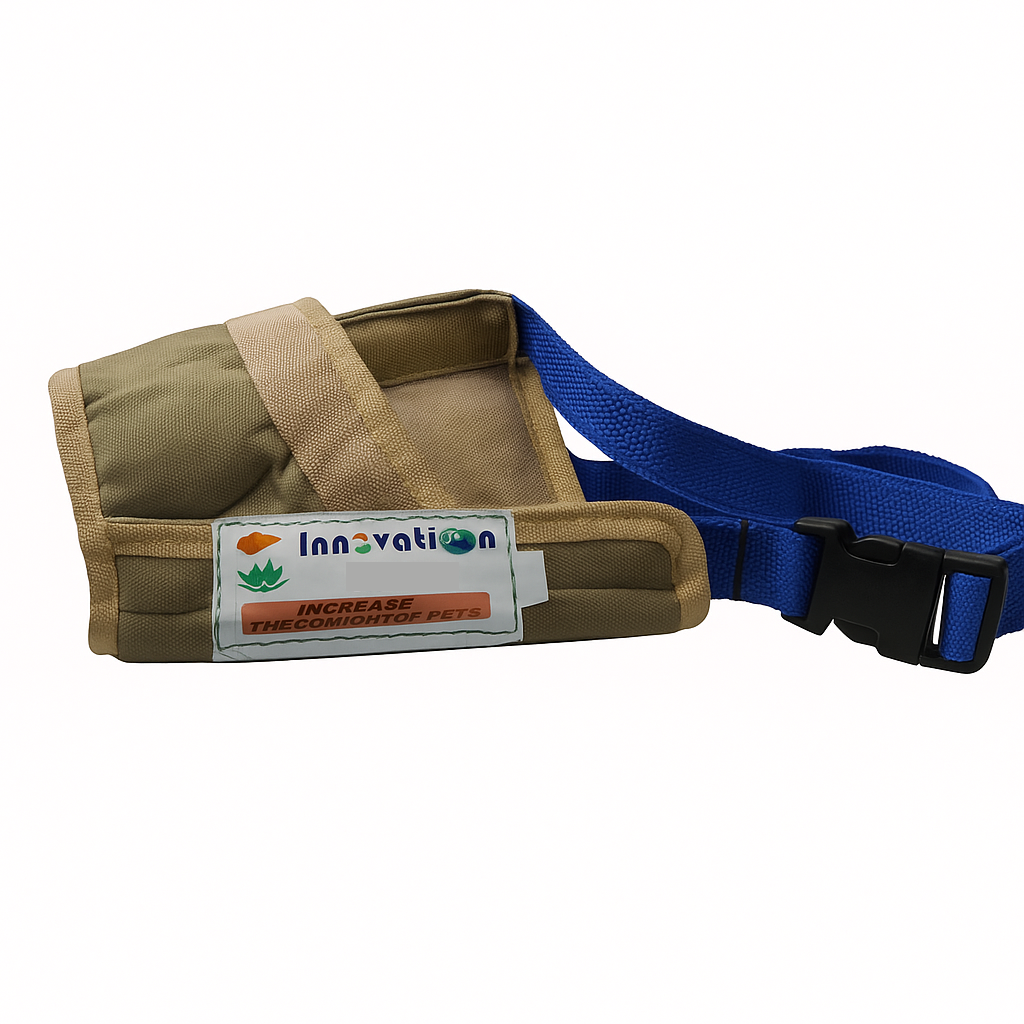
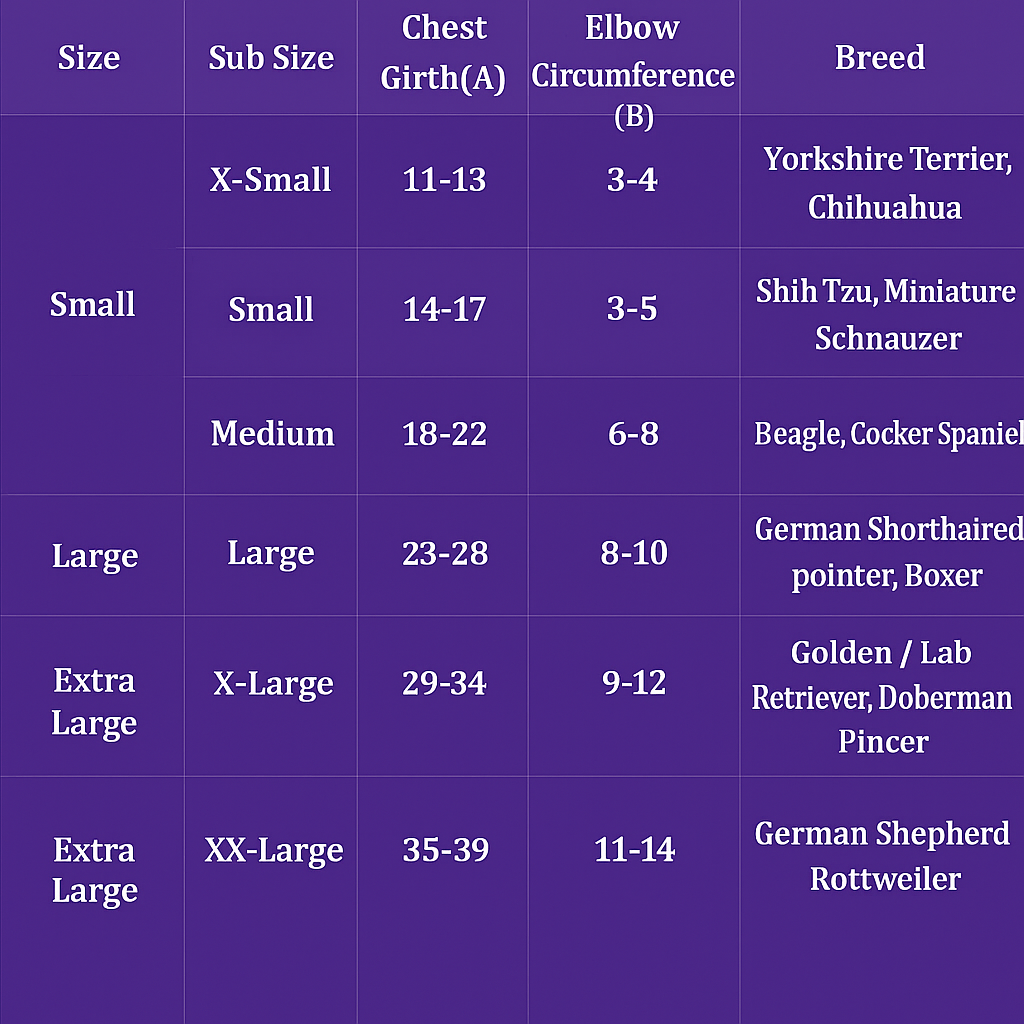
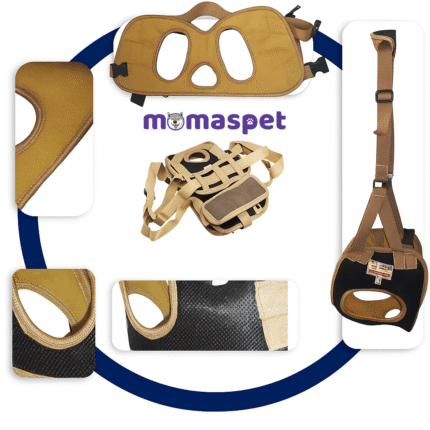
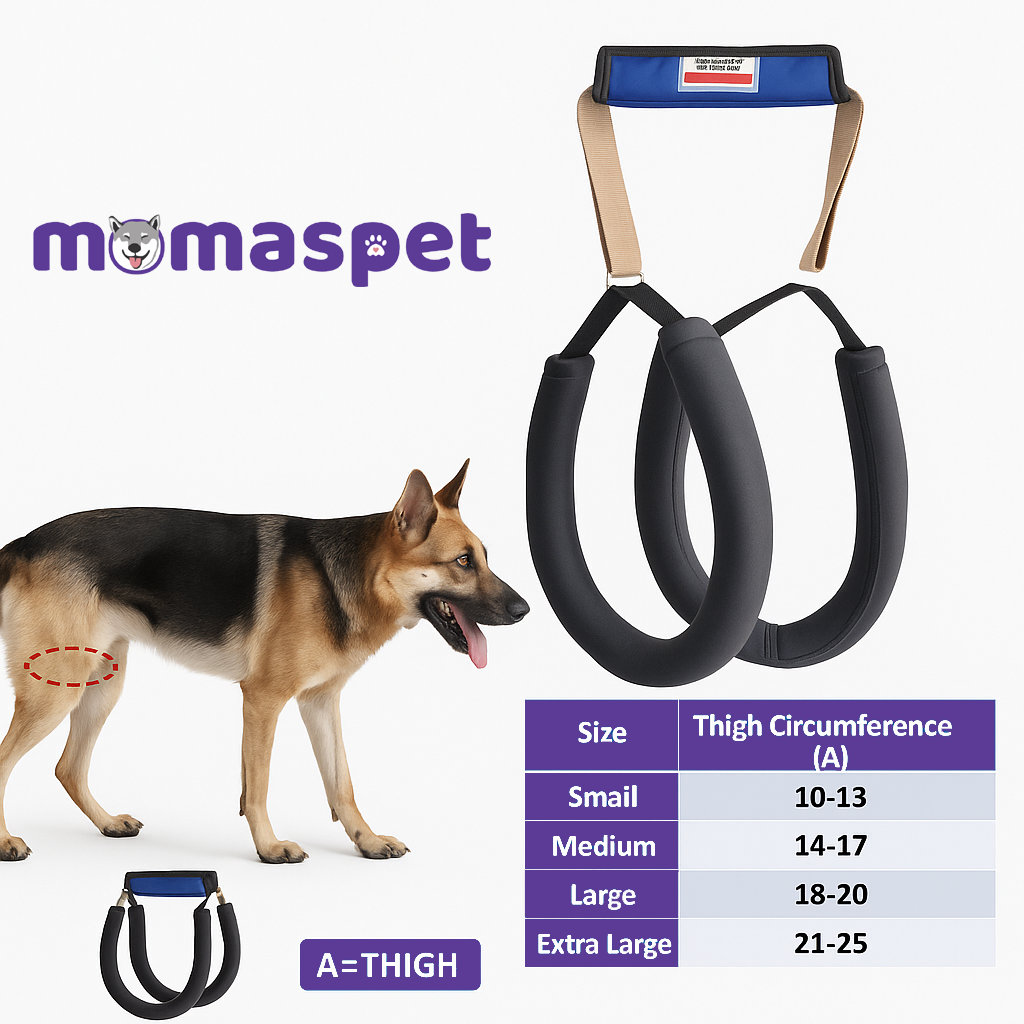
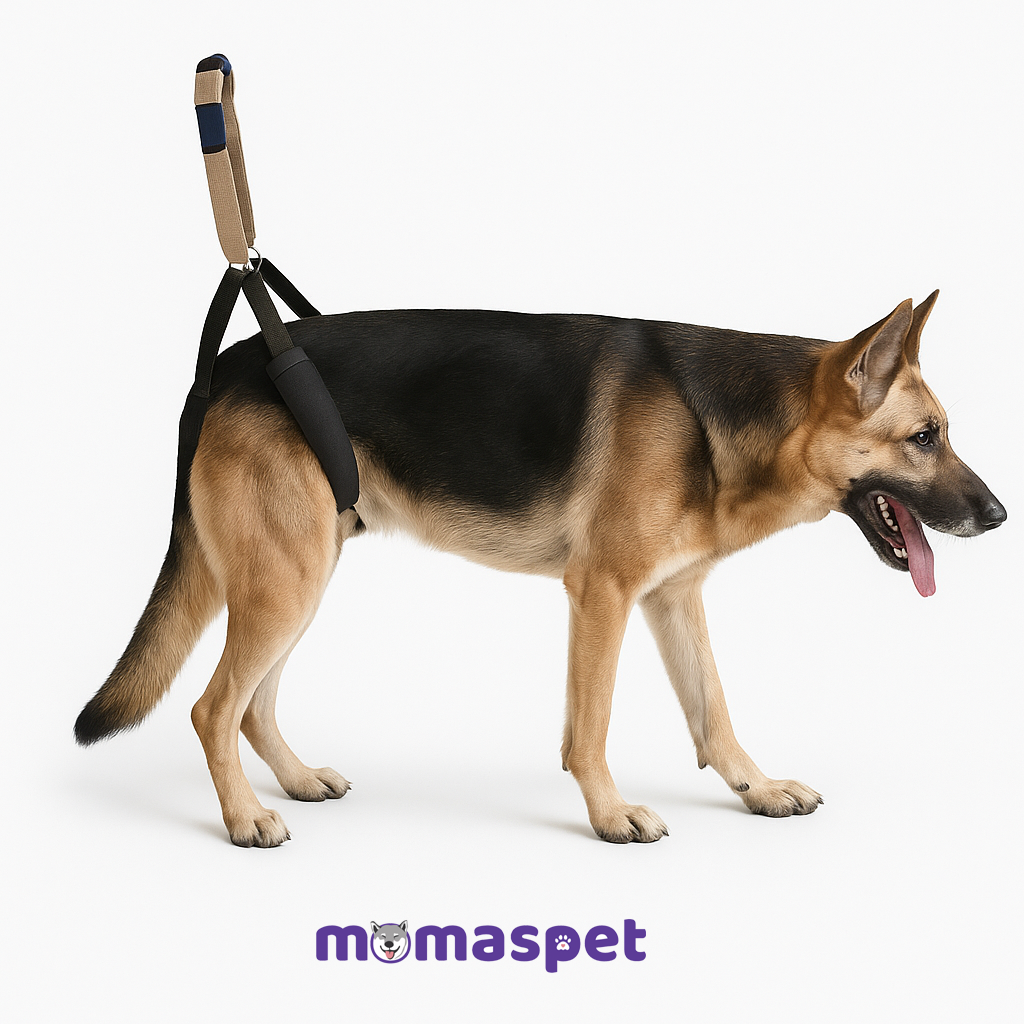
Reviews
There are no reviews yet.